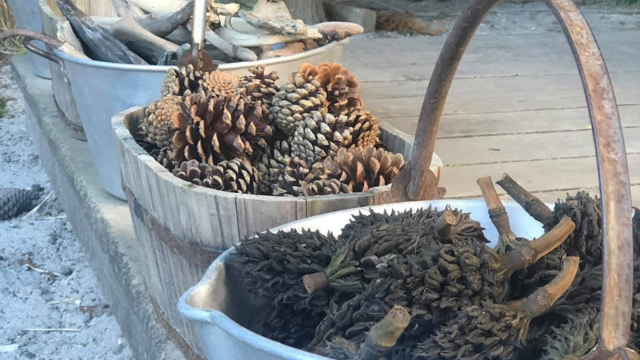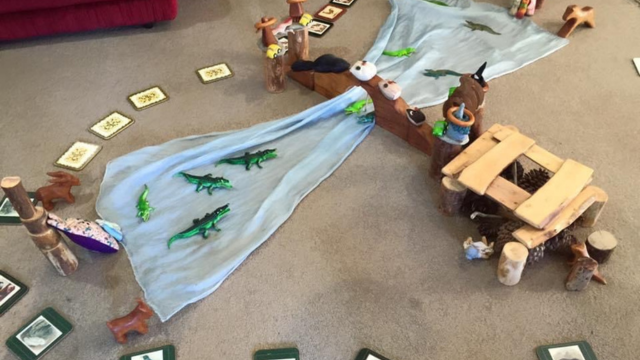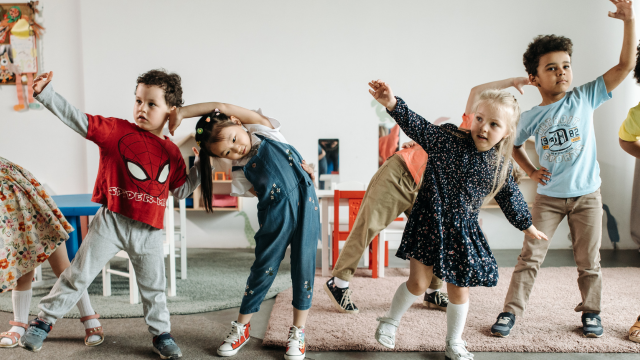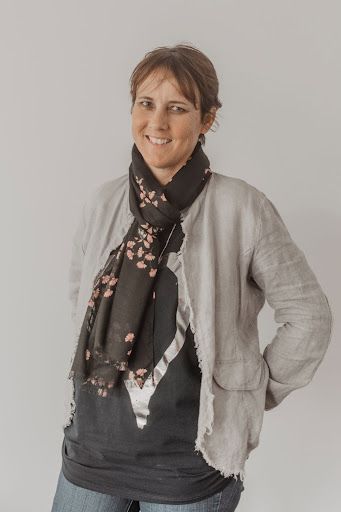



written by
Kimberley Crisp
Kimberley is a flower picking … candle burning … potion creating … animal loving bohemian at heart She and her partner and their 2 rescue fur babies Lincoln and Basil live a life by design creating adventures between their house bus Billie and their Tiny Home ‘ Tiny on Te Awa’ .
Her early childhood years was where she developed a wild love affair with nature. A passionate Nana who took her on beach picnics and where outside in the garden is where they literally lived their days together. Flowers and animals partnered with special Rituals create the ‘ anniversaries of the heart ‘ she so fondly shares today.
“May the beauty of what you love be what you do “ Rumi
A mantra Kimberley uses to guide all her work .
Kimberley has a Bachelors in Education ( ECE) and cofounder and creator of The Nest Private Kindergaten.
It was the the ‘ birth ‘ of this model that fast became the ‘ teaching ground ‘for not only her but hundreds of other professionals that would visit and see feel and hear a different’ way of being ‘ .
Kimberley’s creativity didn’t stop at The Nest she always wanted to establish a model outside the system with NO strings so ‘The Haven’ was birthed into being and this was a Home Schooling hub where children between 5-13 years of age cross pollinate OUTSIDE.
This was by far the most SIMPLE….
It was outside the system : OUTSIDE.
Kimberley has been to The Pikler Institute in Hungary multiple times to study and visited The Forest Kindergarten in Germany.
After 30 years of working with and alongside children and delivering Professional Development every weekend and in evenings Kimberley is now devoted to supporting individual teachers and teams sharing ALL her tried and true experience and supporting people to shine and be the authentic souls they are born to be. Kimberley believes the best teacher is the one that sees the light in those they are teaching.
Learn more with ECELU



written by
Angela Bush
Founder - ECE Learning Unlimited
Bachelor of Education (ECE), Diploma of Nursing, Diploma of Teaching (ECE)
Angela is a degree qualified and registered ECE teacher, multiple ECE centre owner, curriculum leader and business manager of ECE Learning Unlimited. She is also a registered nurse.
With over thirty years in ECE and centre ownership, Angela has a wealth of experience and knowledge in successful ECE leadership and centre management.
Over the years Angela has also had roles as a lecturer in ECE, nanny, teacher, and mentor.
